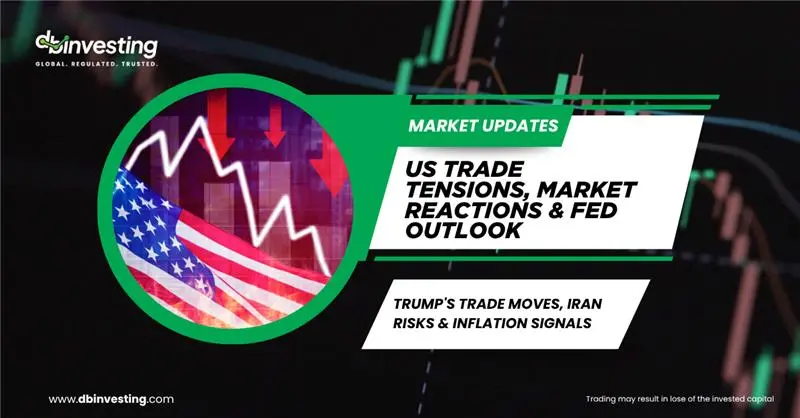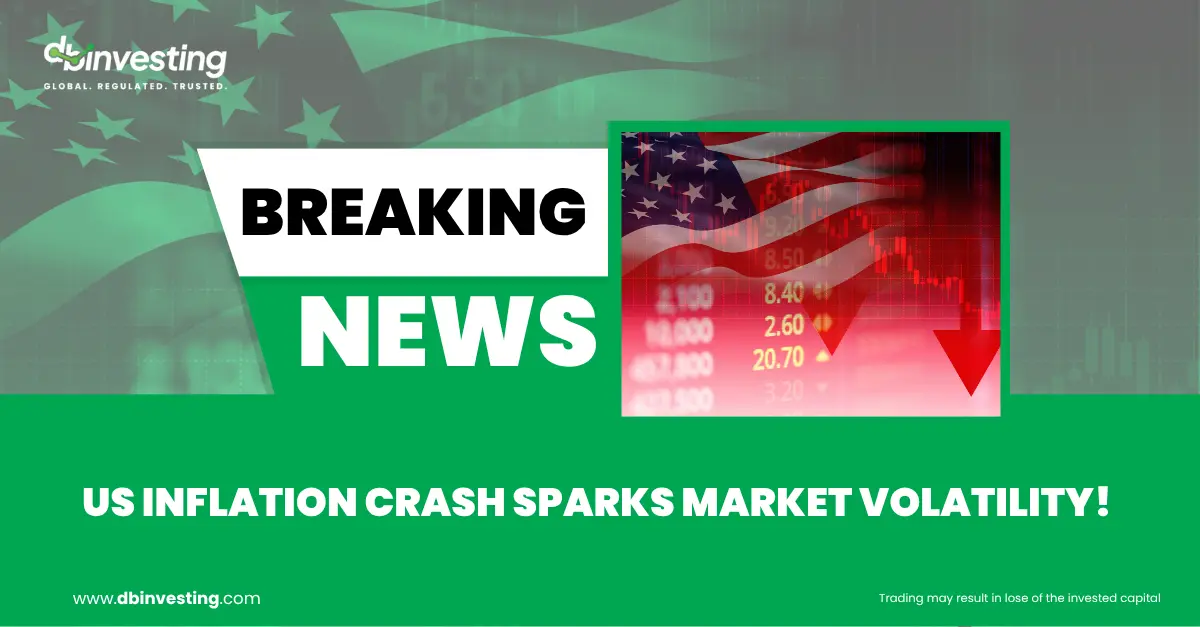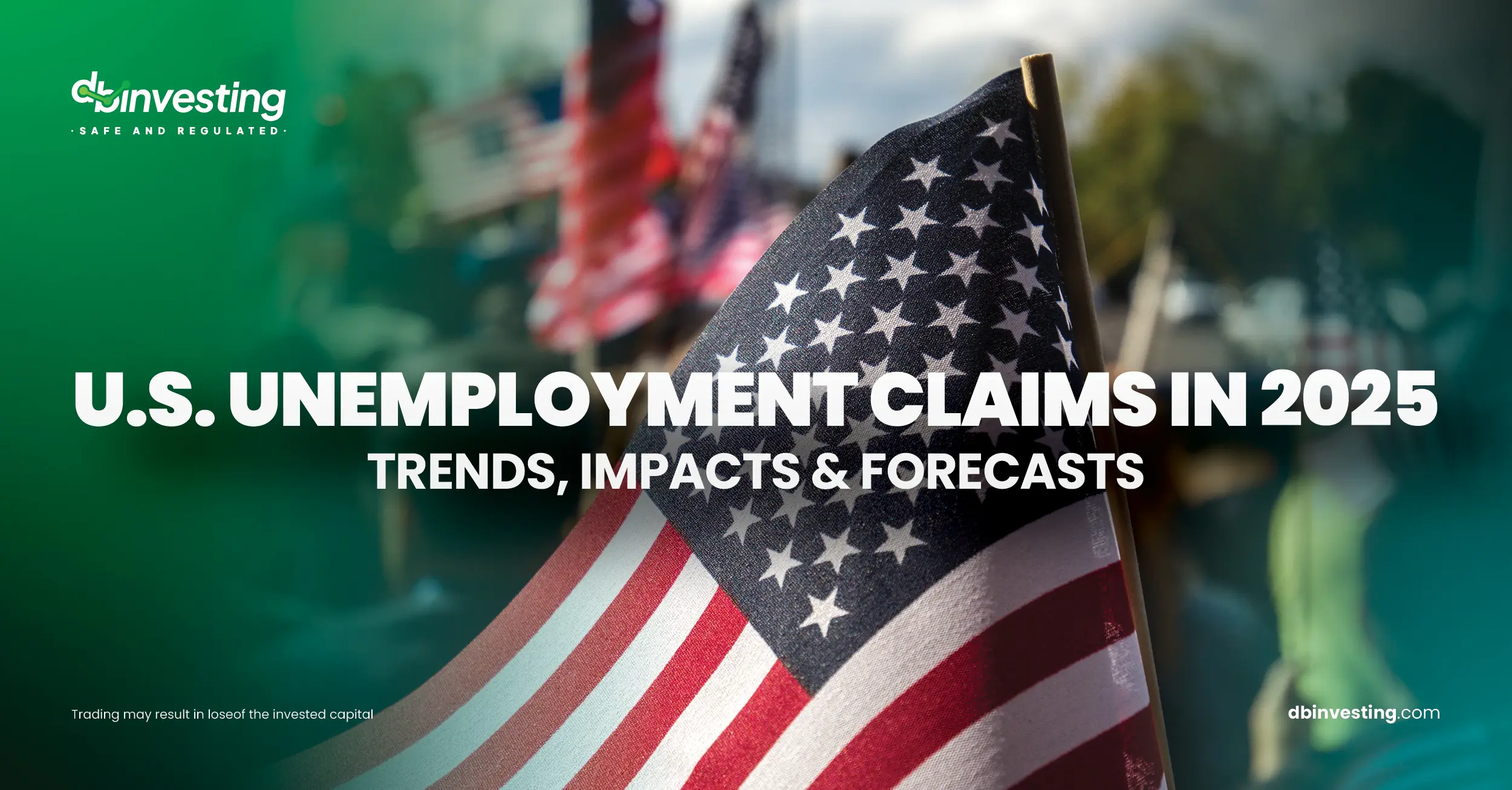Trump’s Trade Moves, Iran Risks & Inflation Signals
Trade Policy & Tariffs
President Donald Trump told reporters on Wednesday evening that he would be sending letters to the United States’ key trade partners over the next two weeks outlining his tariff plans. This comes ahead of a July 9 deadline to finalize trade deals with his administration.
Trump stated that countries will be offered a trade deal they can “take or leave,” strongly suggesting that he intends to move forward with significant tariffs. In early April, Trump introduced the idea of “Liberation Day Tariffs” but extended the deadline by 90 days for further trade negotiations.
Despite previously delaying such deadlines, Trump insisted there would be no further extensions this time.
He also claimed that a trade deal with China was ready, awaiting only the approval of President Xi Jinping. However, US tariffs against China remain in effect.
Geopolitical Tensions & Market Reaction
Gold and oil prices rose sharply following escalating US-Iran tensions. This came after the US authorized the departure of dependents from Bahrain and Kuwait, signaling concerns of potential retaliation.
President Trump expressed decreased confidence in reaching a nuclear agreement with Iran, reducing diplomatic hopes. The White House warned of possible military action if negotiations fail, with a key response deadline set for Thursday.
In return, Iran’s defense minister threatened to target US bases in the region if attacked. These tensions have added a geopolitical risk premium to oil, as investors fear disruption to shipping routes or oil infrastructure in the Gulf—fueling the latest price spikes.
Inflation & Federal Reserve Expectations
The US Consumer Price Index (CPI) report showed a 2.4% year-over-year increase in May—slightly below the expected 2.5%. Monthly inflation slowed to 0.1%, also below expectations.
Core inflation matched April’s 2.8% annual rate but came in softer monthly (0.1% vs 0.2% expected). Declining gasoline prices offset higher housing costs.
Despite these figures, analysts believe the Fed still needs to see weaker labor market data before resuming rate cuts. The current outlook points to a 100 basis-point cut starting in September, though this could be delayed if wage growth remains strong and tariffs push inflation higher.
While the tariffs’ impact remains limited, it’s too early for the Fed to fully discount inflation risks.
Conclusion
With global markets on edge, Trump’s hardline trade stance, Middle East volatility, and shifting inflation data are setting the stage for a turbulent financial summer. Investors should brace for potential shifts in monetary policy and heightened geopolitical risks.



